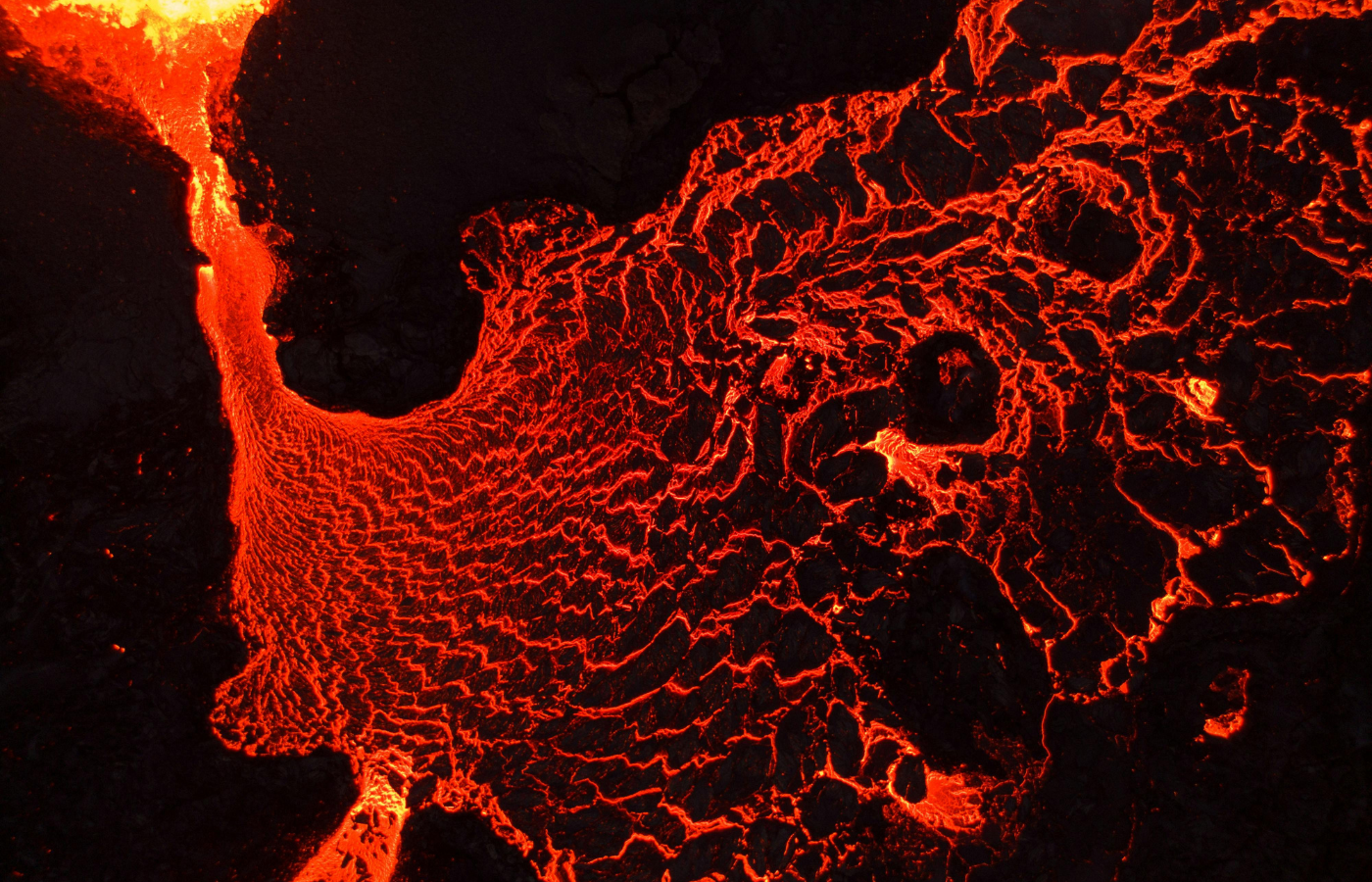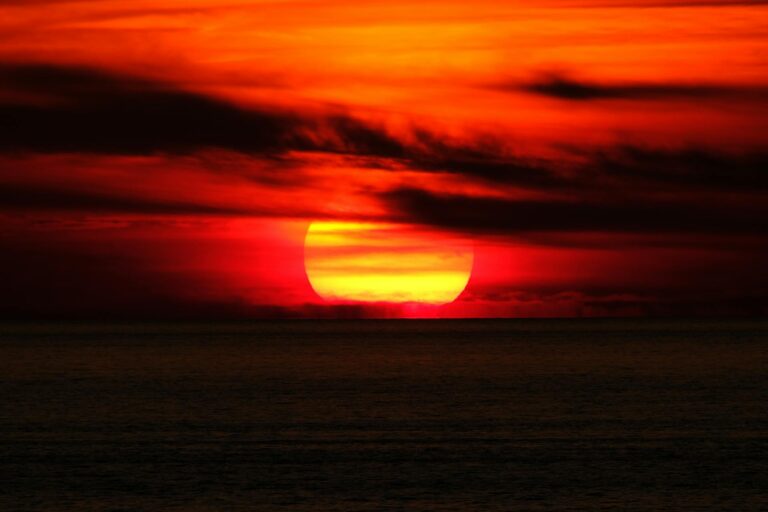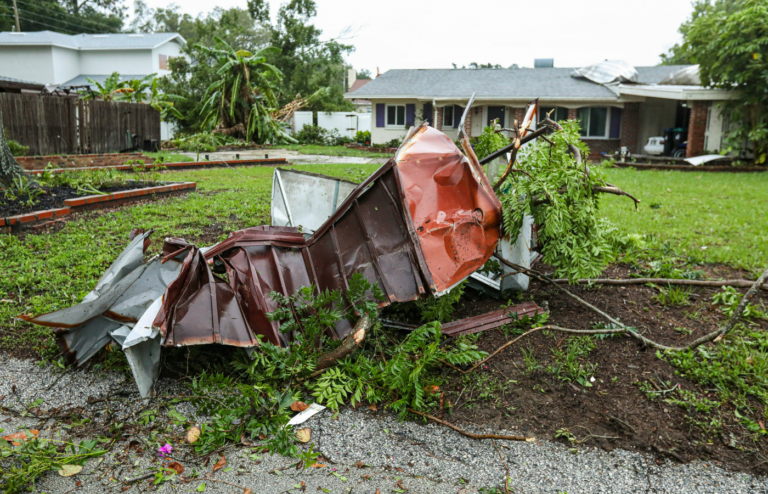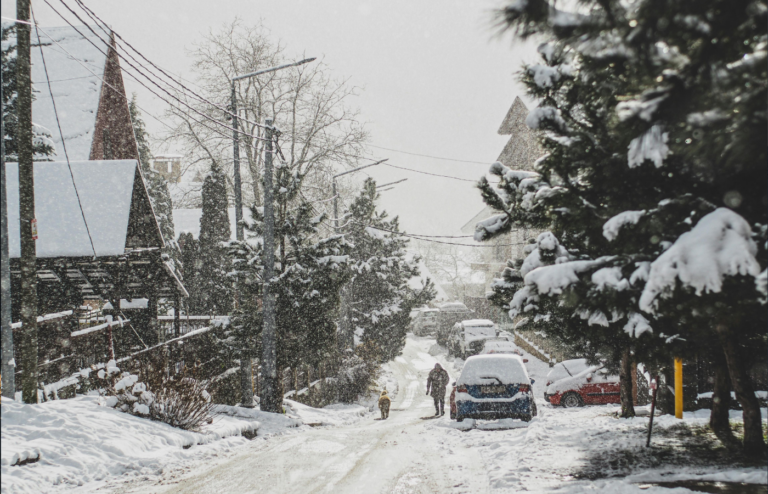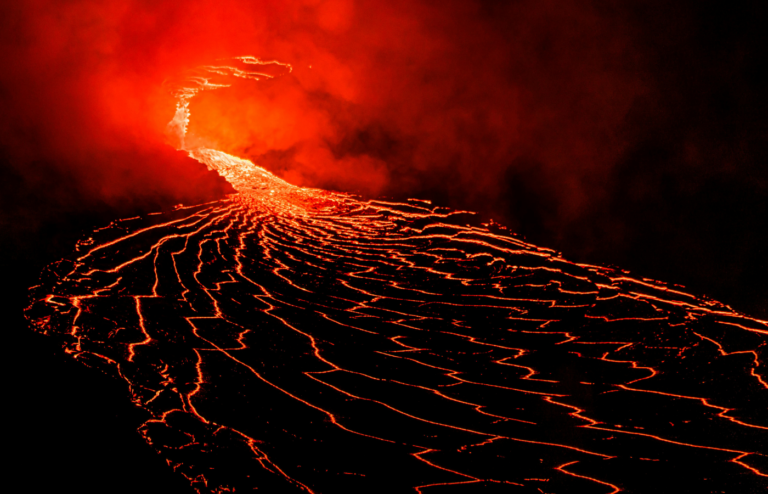Volcanoes are powerful, unpredictable, and sometimes downright terrifying. But their impact doesn’t stop at red-hot lava and ash clouds. A single eruption can change landscapes, shift weather patterns, and even affect life on a global scale.
Here are 15 wild effects volcanic eruptions can have on our planet — some you expect, and others that might surprise you.
1. They Can Cool the Entire Planet
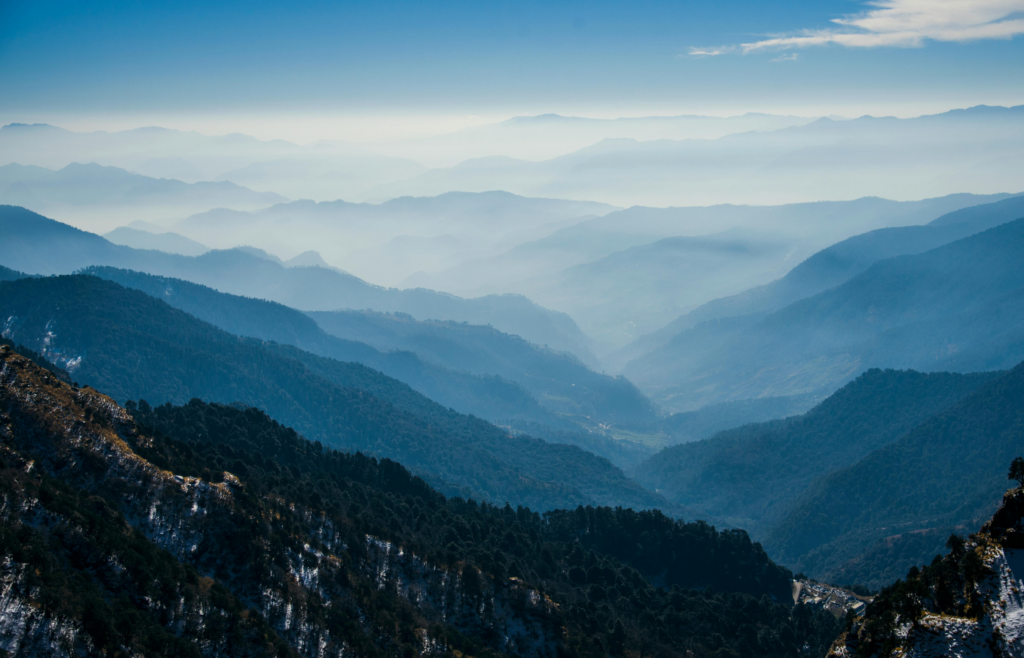
When a volcano blasts sulfur dioxide into the stratosphere, it forms reflective aerosols that block sunlight. This can lower global temperatures for months or even years.
Mount Pinatubo’s 1991 eruption cooled Earth by nearly 1°F for more than a year.
2. They Create New Land
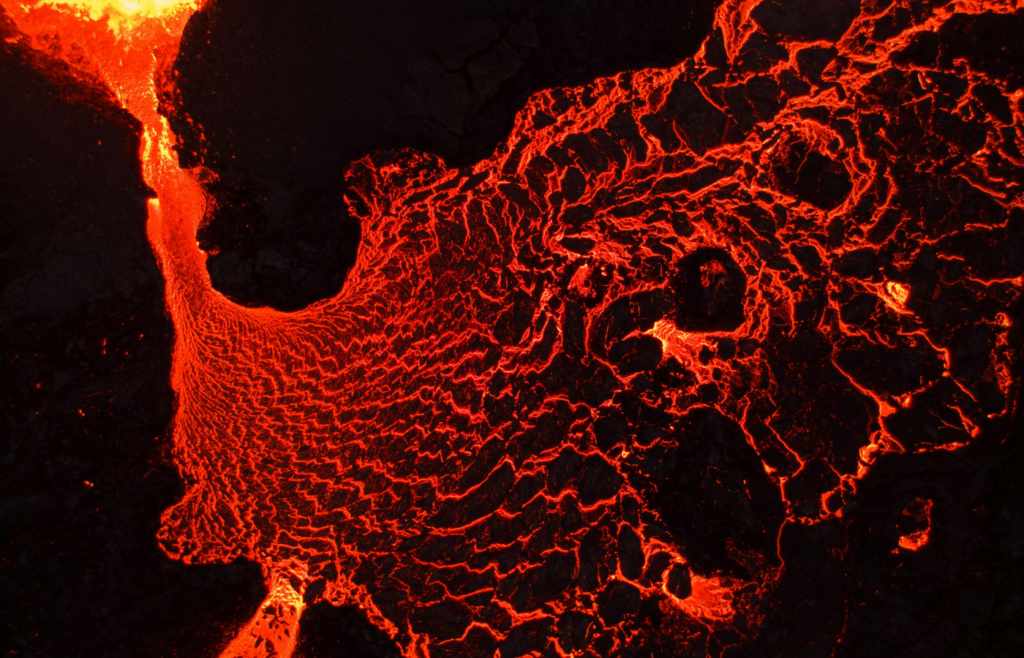
Lava from underwater or island volcanoes can solidify and build entirely new landmasses. That’s how much of Hawaii was formed—and it’s still growing.
Some islands, like Surtsey off Iceland, were born in the last century and are being studied as natural labs.
3. They Trigger Tsunamis
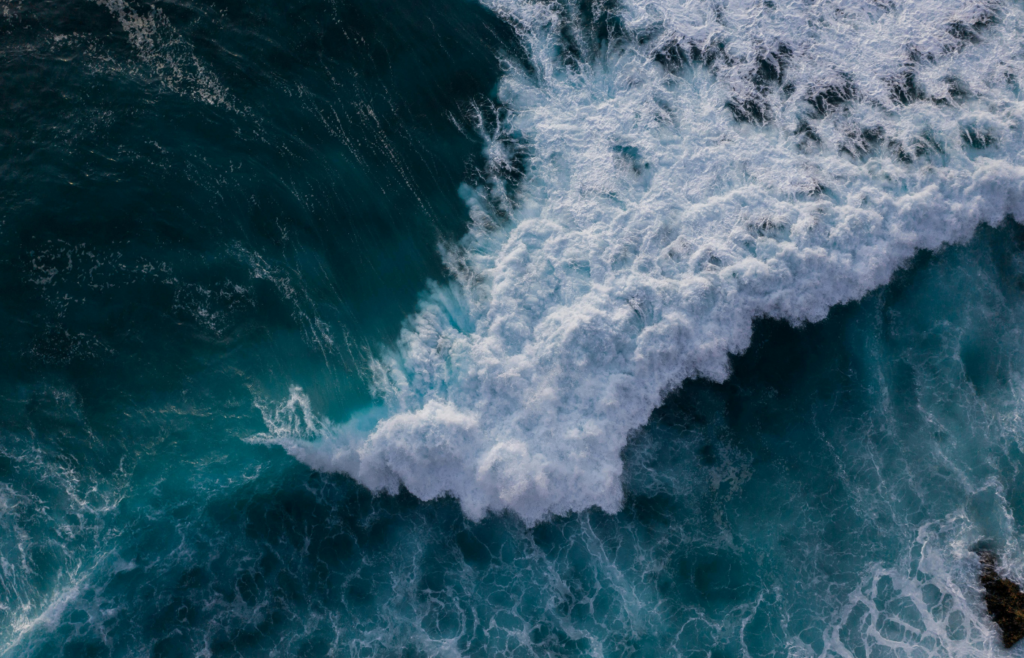
A volcanic eruption under the ocean—or a sudden collapse of a volcanic island—can displace huge volumes of water.
This creates tsunamis that can strike coastlines far away, like the 2018 Anak Krakatoa eruption that sent deadly waves into Indonesia.
4. They Cause Volcanic Lightning
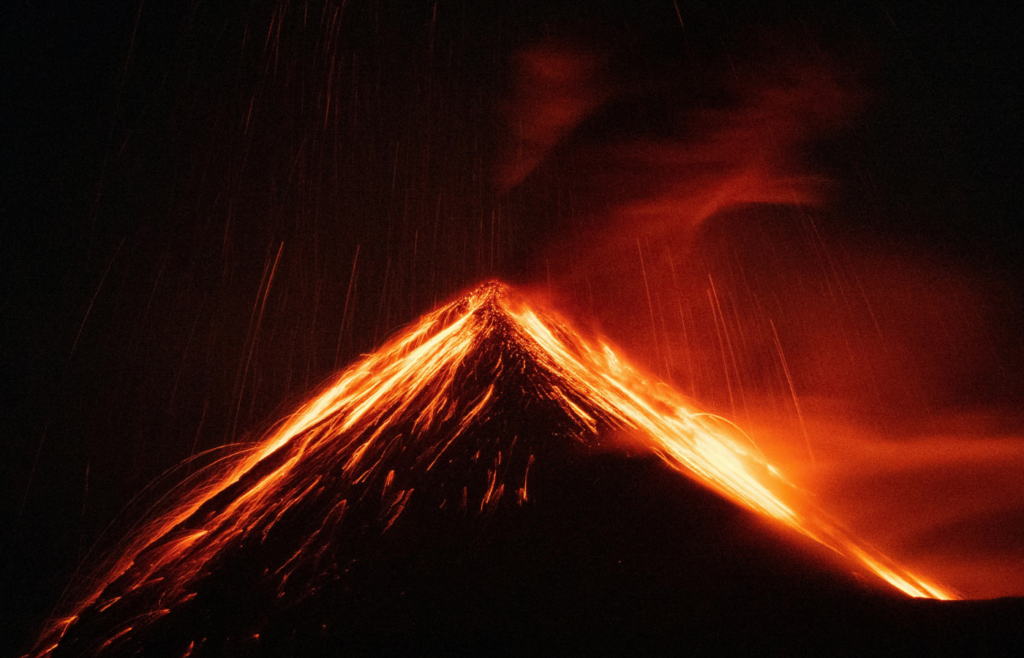
Ash clouds from intense eruptions build static electricity. When the charge breaks, lightning crackles inside the cloud—like a thunderstorm built by the Earth itself.
It’s a spectacular and eerie phenomenon, often seen during explosive eruptions.
5. They Disrupt Air Travel
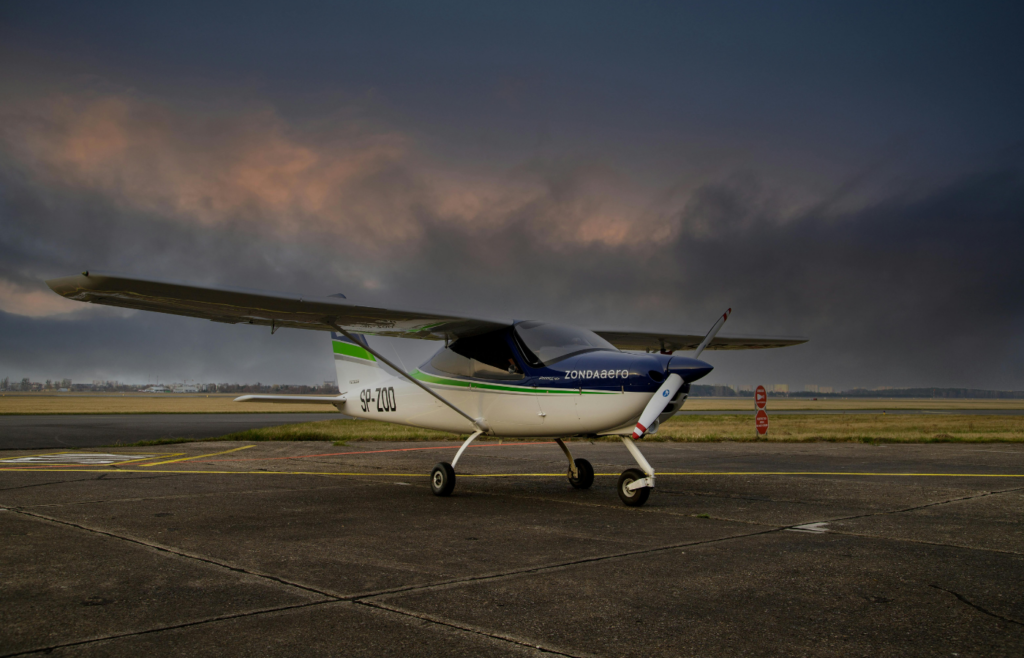
Volcanic ash is extremely dangerous for jet engines. It melts inside, then cools and clogs critical components.
The 2010 eruption of Eyjafjallajökull in Iceland grounded flights across Europe for nearly a week, stranding millions of passengers.
6. They Spark Acid Rain
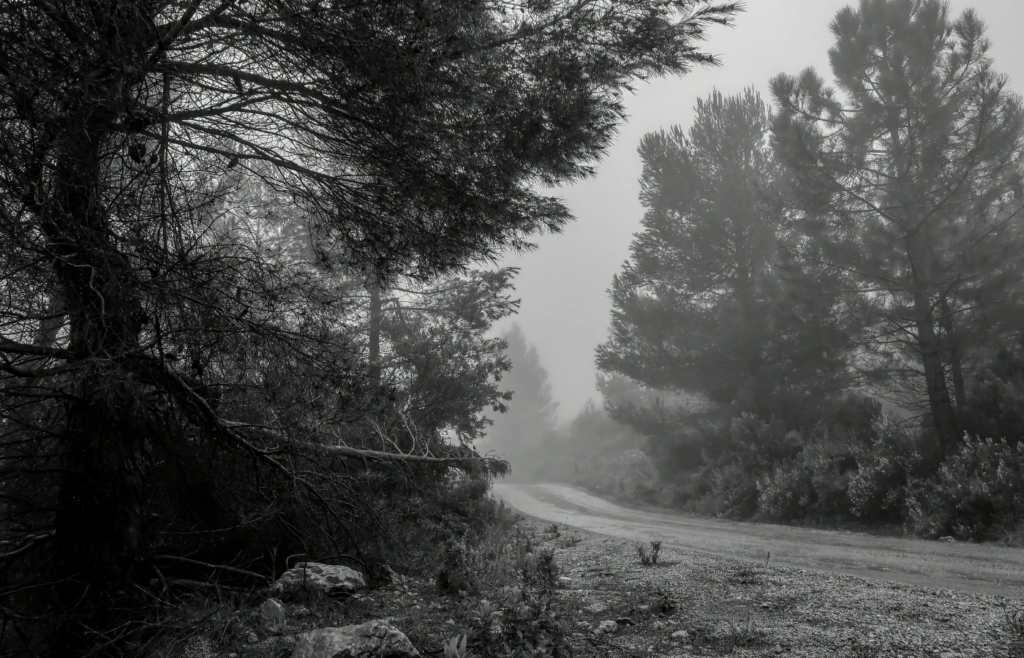
Volcanoes release gases like sulfur dioxide and hydrogen chloride. When these mix with water in the atmosphere, they form acid rain.
This can damage crops, forests, and buildings—sometimes hundreds of miles from the volcano itself.
7. They Can Block Out the Sun
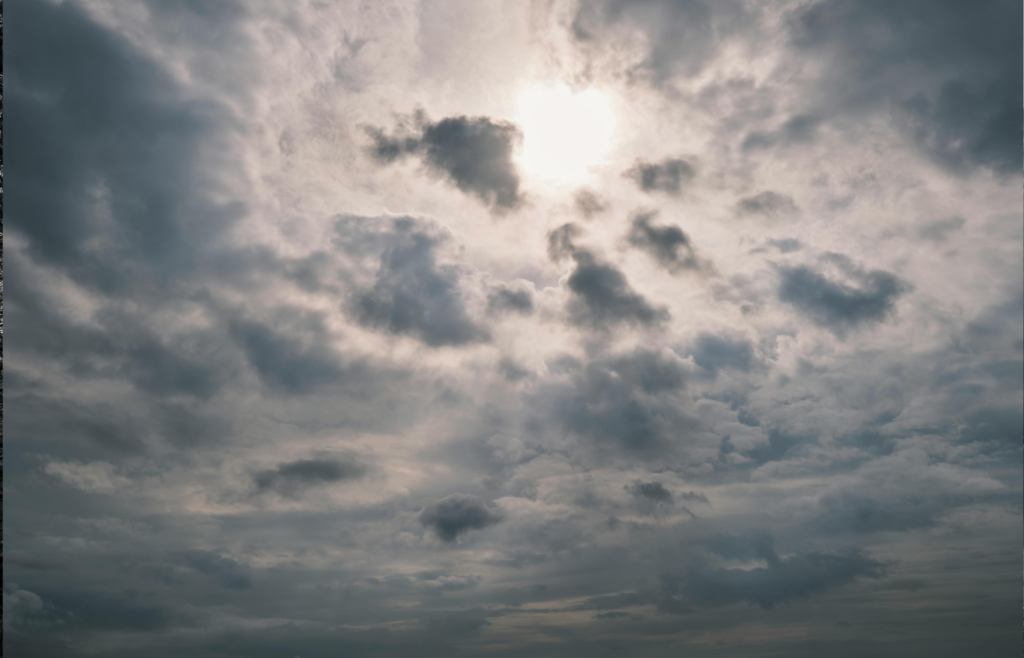
Dense ash clouds can block sunlight entirely, turning day into night. After major eruptions, this eerie twilight effect can last for hours—or days.
Ash blocks visible light and can cool the surface quickly, even in tropical zones.
8. They Shake the Earth
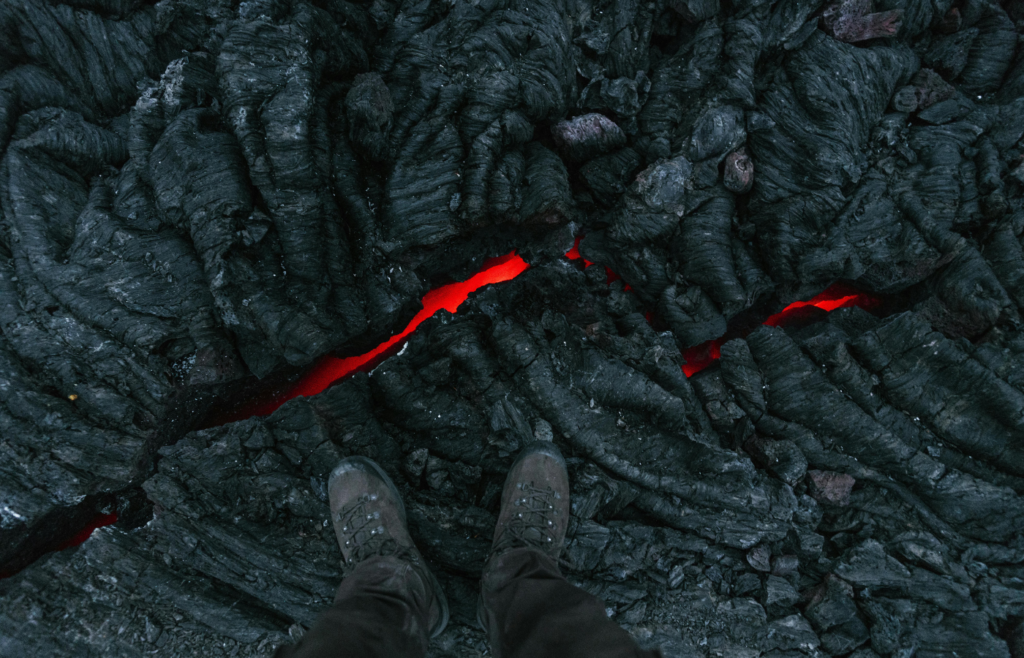
Volcanoes are often linked to earthquakes. Magma movement underground puts pressure on rock layers, triggering seismic activity.
Some eruptions begin with major quakes, and others can shift tectonic plates slightly—reshaping the land around them.
9. They Destroy Ozone
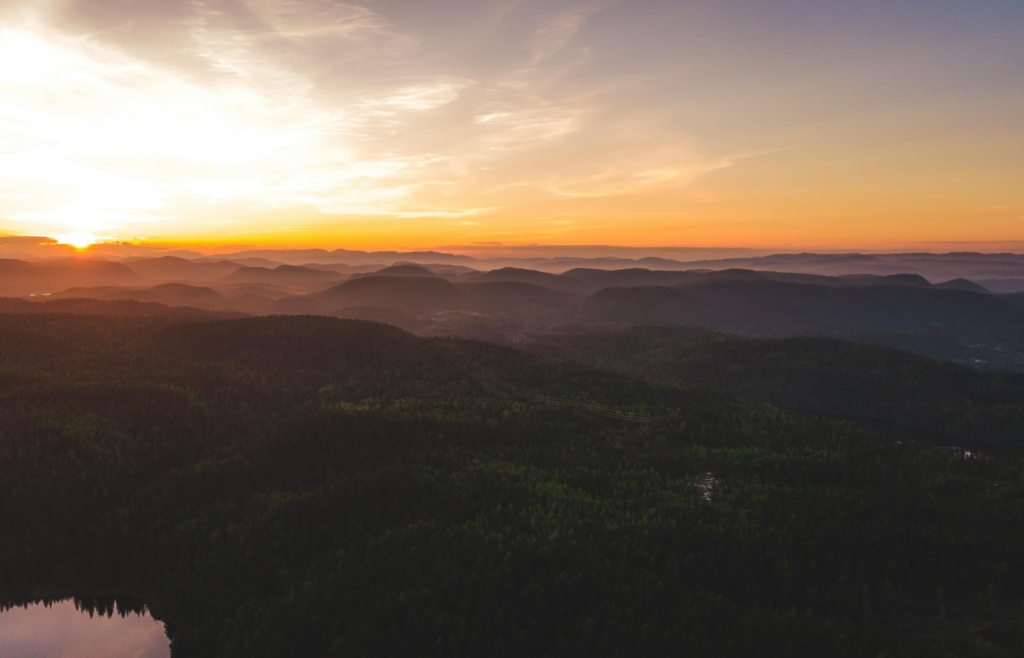
Volcanic gases and aerosols can rise into the stratosphere and break down ozone molecules. This weakens Earth’s natural shield against UV rays.
The effect is temporary, but still measurable—and it adds stress to an already fragile ozone layer.
10. They Poison the Air and Water
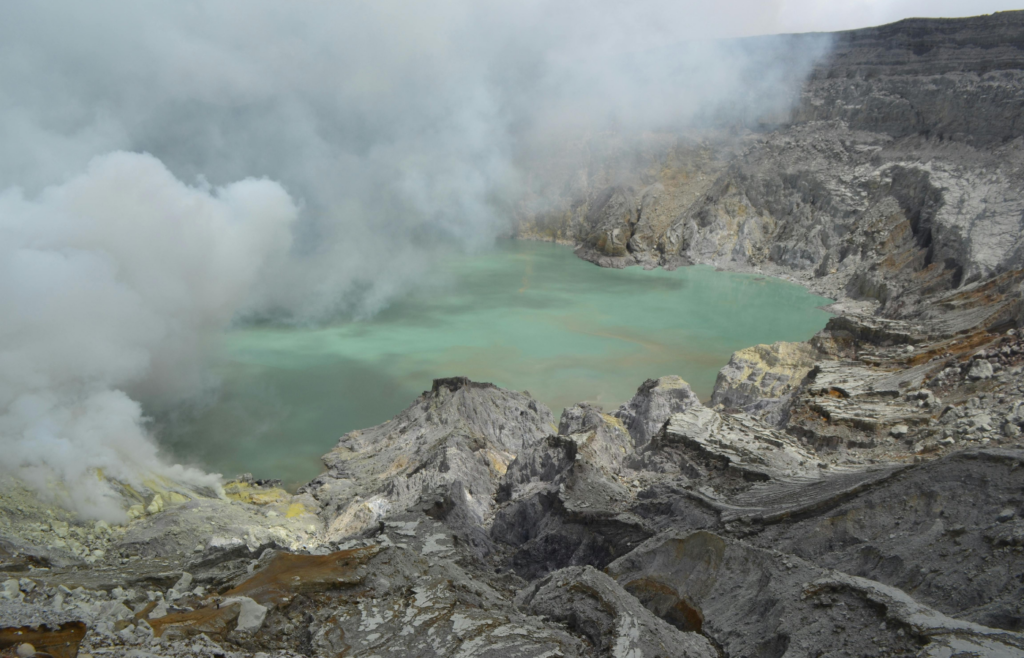
Volcanoes can release carbon dioxide, sulfur gases, and fluorine—some of which settle in water supplies or blanket crops with toxic residue.
In some cases, gases have been dense enough to suffocate animals and people near volcanic lakes, like at Lake Nyos in 1986.
11. They Create Massive Mudflows (Lahars)
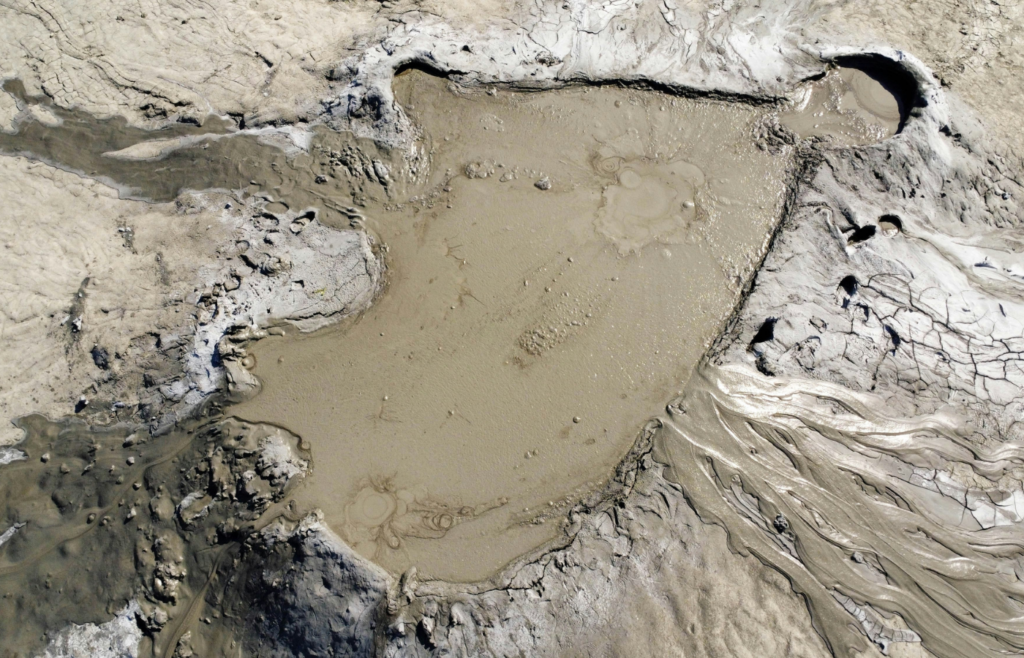
When ash mixes with rain or melting snow, it forms fast-moving mudflows called lahars. These can race down valleys at highway speeds.
They bury buildings, destroy infrastructure, and can strike hours—or even days—after the eruption.
12. They Fertilize the Soil
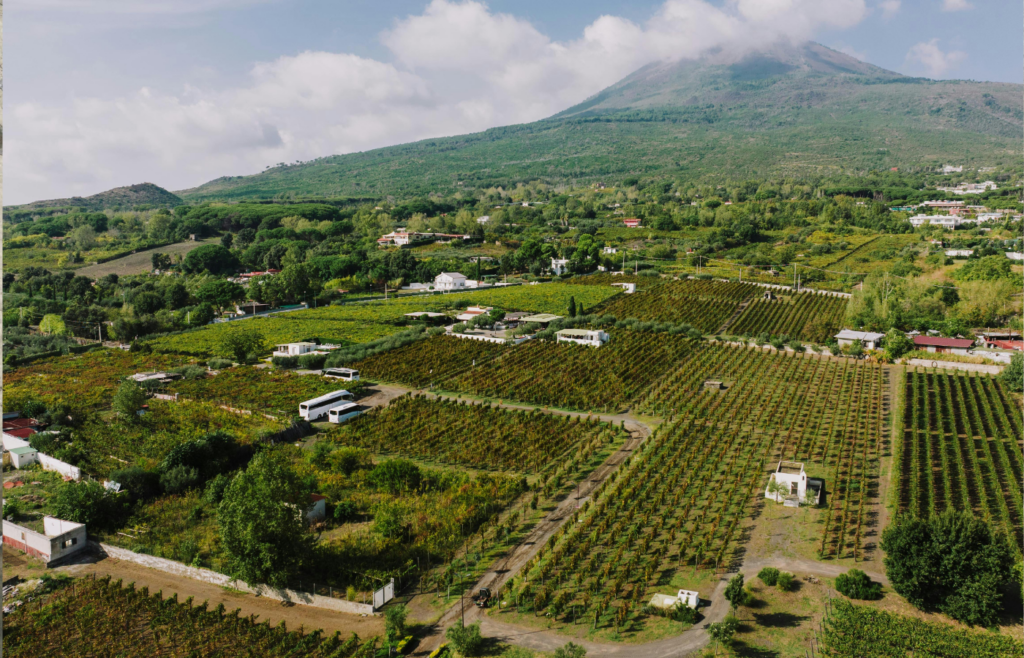
Volcanic ash is rich in minerals like potassium and phosphorus, which can supercharge soil fertility.
That’s why farming near volcanoes is so common—even if it comes with major risks.
13. They Spark Glacial Floods
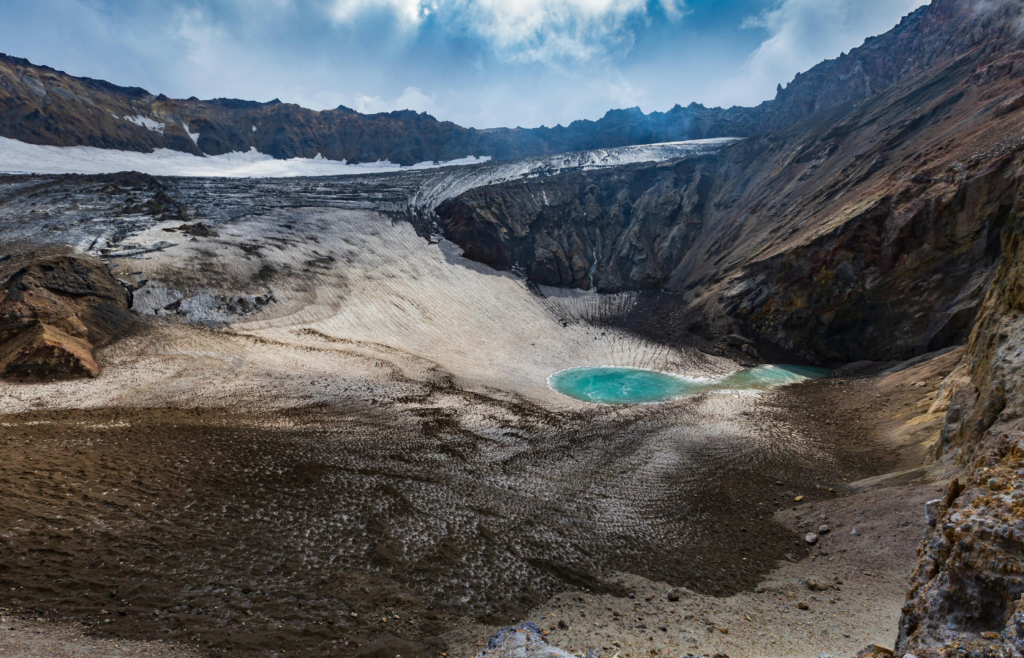
When a volcano erupts beneath a glacier, it melts ice at rapid rates. This can cause sudden floods called jökulhlaups, especially in Iceland.
These floods carry ice, mud, and water with devastating force—sometimes without any warning.
14. They Affect the Jet Stream
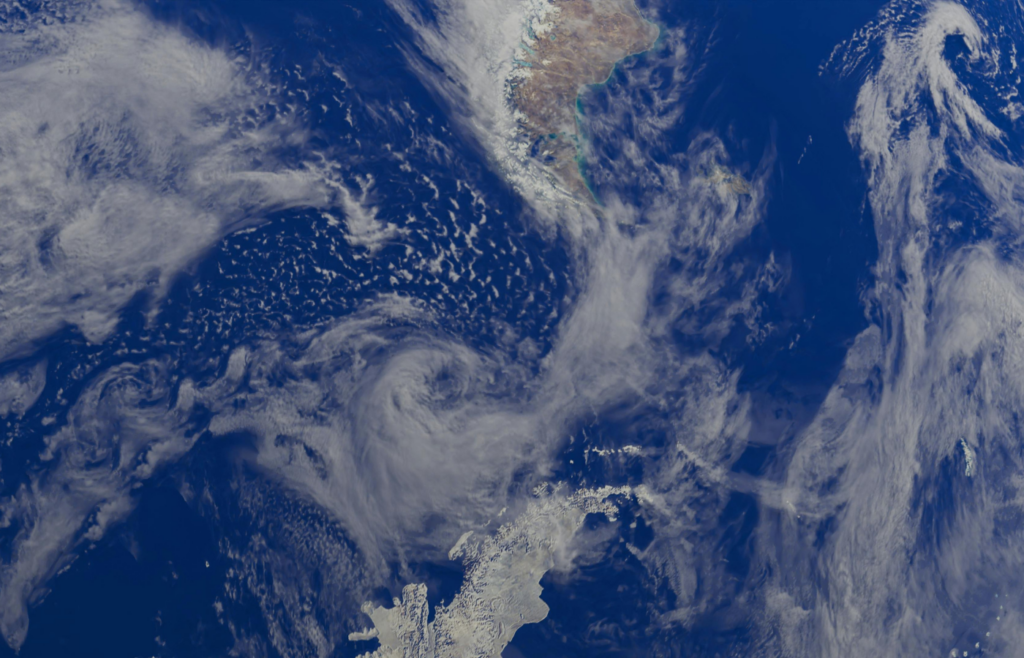
Ash and aerosols alter the temperature balance in the atmosphere. This can distort the jet stream—the high-altitude river of air that drives global weather patterns.
The result? Longer winters, shifts in storm tracks, and unpredictable changes in rainfall.
15. They Change History
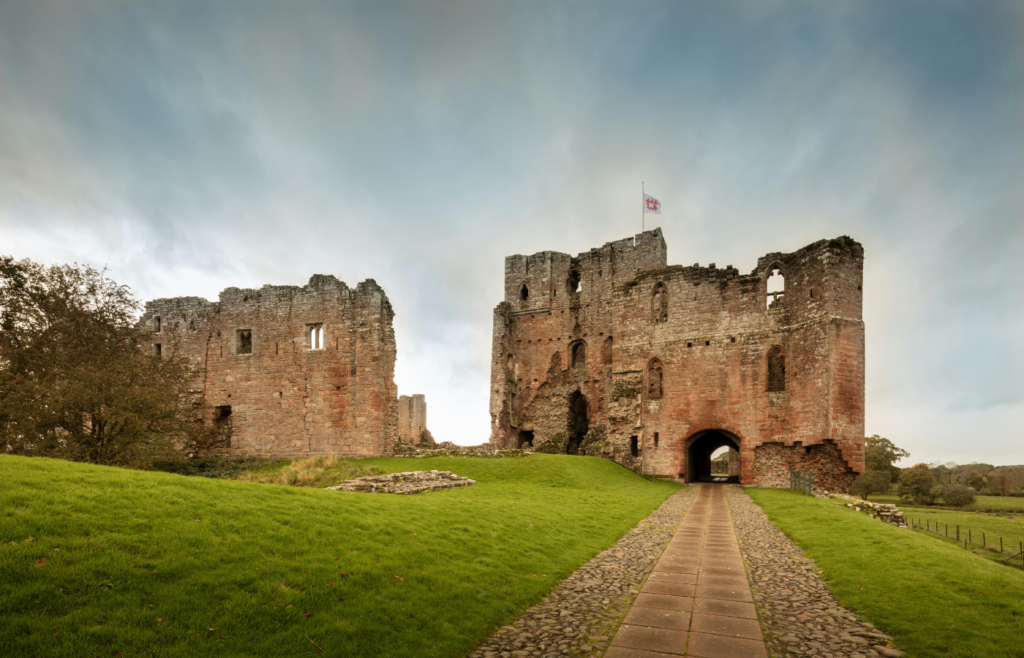
Volcanic eruptions have shaped civilizations. The Minoan civilization was devastated by the eruption of Santorini. The Roman town of Pompeii was buried under ash from Mount Vesuvius.
Volcanoes don’t just shape land—they change human stories, erase cities, and rewrite entire timelines.
Volcanic eruptions are dramatic, destructive, and sometimes deadly—but they’re also a natural part of Earth’s cycle. Whether they’re cooling the planet or creating new ground beneath our feet, volcanoes remind us who’s really in charge.

